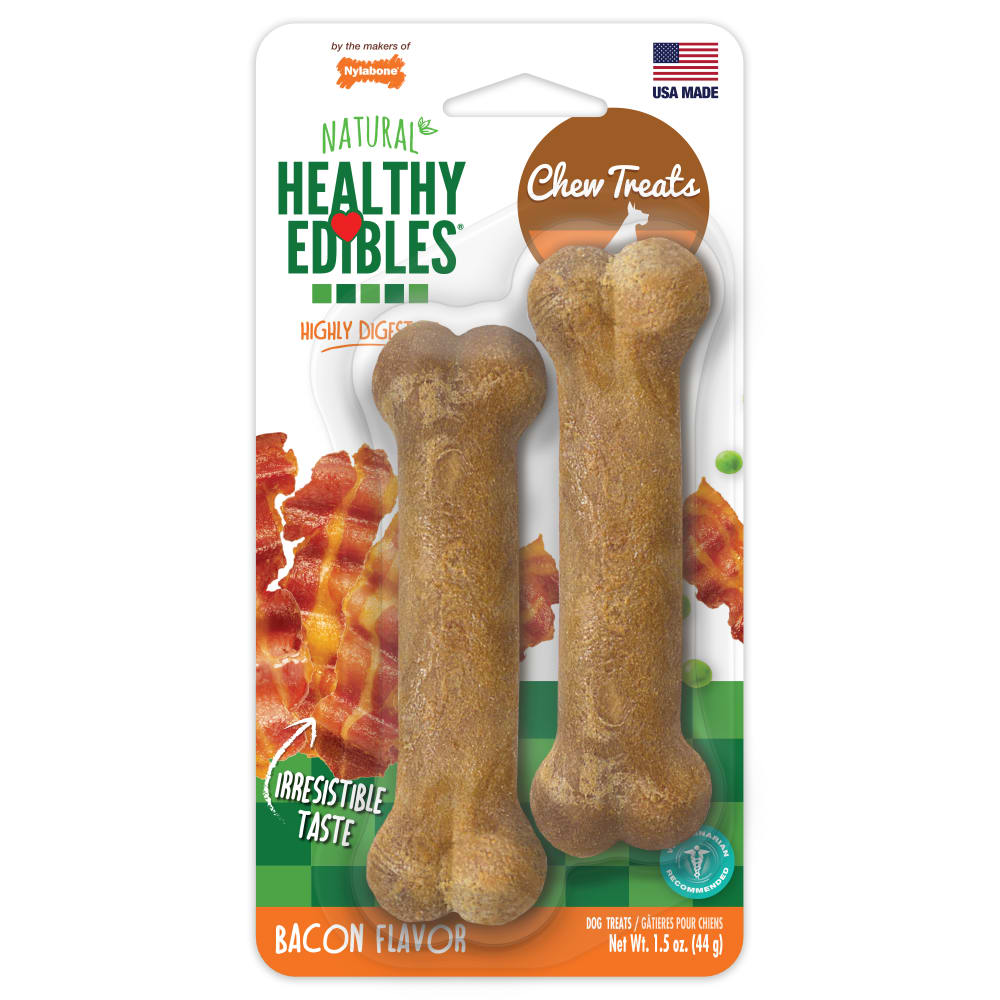How to Help Your Dog Lose Weight
You know your dog better than anyone, so you've likely already noticed if your furry friend has gained weight over a relatively short period. But extra bulk is a bit more difficult to recognize if your pup has been slowly packing on the pounds over the years.
How to Tell If Your Dog is Overweight
First thing's first—is your dog overweight? Here are some general tips to help you navigate dog weight management.
Feel their ribs: Run your hands along your dog's sides toward the tail, feeling for their ribs. If you can find them beneath a thin layer of flesh, your pooch is probably at the correct weight. If you can barely feel them under a layer of fat, they are likely overweight.
View them from the top and side: A visual inspection of your dog's body is also important. Look at their body from above. Does your furry friend have an hourglass shape, narrowing slightly behind the ribcage? Also view the lines of their body from the side. Does your dog's stomach tuck up behind the ribcage? If the answer to both questions is yes, your pup is likely at the correct weight. If their body has no definition from above or the side, they are probably overweight.
Of course, while these are great guidelines, a veterinarian is always the best source for advice!
What to Do If Your Dog Needs to Lose Weight

Take them to the veterinarian: Have a vet examine your dog to determine if they are experiencing a health problem. Some conditions, such as thyroid disease and Cushing's disease, can cause rapid weight gain.
Cut back on meals: It's quite possible you're feeding your dog too much at mealtimes. Every dog is different, and each dog also metabolizes food differently.
With this in mind, start out with the recommended serving size but observe your dog carefully. If they look to be gaining weight, slowly cut back on how much you're feeding. If they appear to be losing weight, feed slightly more until your pup reaches the recommended weight for their breed. Then, simply maintain the portion size that works for your dog.
Feed them on a schedule: Dogs who are "free-fed"—given access to their food bowls all day—are more likely to be overweight than those who eat on a regular schedule. If your dog needs to lose weight, schedule their meals at consistent times and take their food bowl away after 10 to 15 minutes.
Provide healthy treats: Supplement correctly portioned meals with low-calorie snacks such as cut-up veggies and healthy dog treats. Make sure you account for the calories in treats when feeding your dog their meals—these should be subtracted from their total caloric allowance for the day.
Exercise them: Any diet plan should be accompanied by the proper amount of exercise. Help get your pup into shape by making sure they get a daily walk and enjoy multiple play sessions that include stimulating dog play toys. Work up to this gradually; an overweight dog won't be able to sustain this kind of energy level overnight.
Offer chew toys with delicious flavor: Our dog chew toys provide your furry friend a tasty chewing experience without the calories! Find flavors ranging from universally loved chicken and bacon to ultra-indulgent varieties such as Philly cheesesteak, beef jerky, and bacon, egg, & cheese!
Live a Healthy Lifestyle

Continue to assess your furry friend's progress on a monthly basis to be sure they're at a normal weight, and maintain, maintain, maintain once they have reached their goal!
Remember that a nutritious diet, meals fed on a regular schedule, and exercise will not only help your dog lose weight but may add years to your dog's life!
FOLLOW US!





